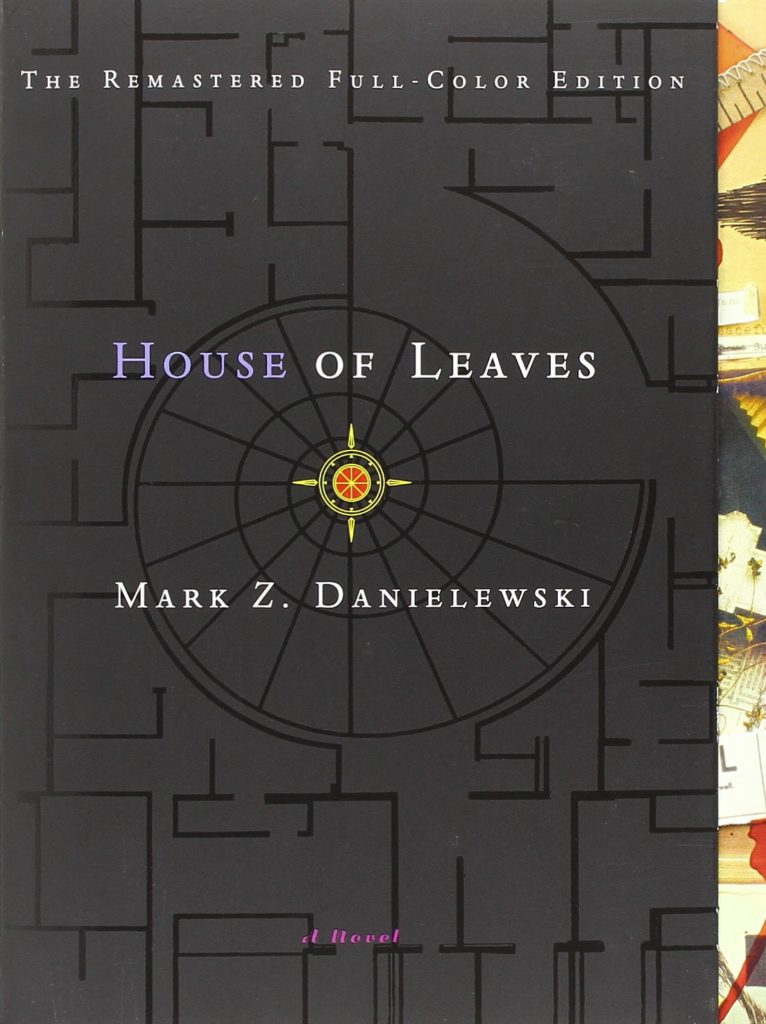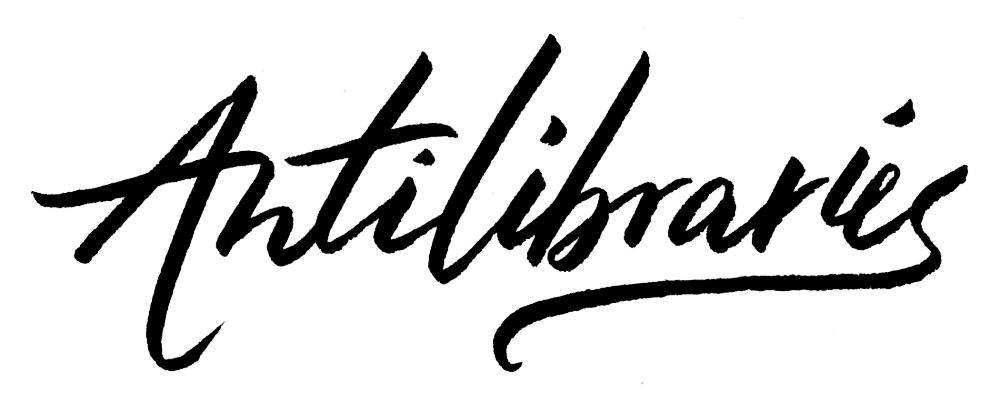House of Leaves
By Mark Z. Danielewski

House of Leaves apparently started out as a “badly bundled heap of paper” passed around with a cult following. Whether true origin story, or part of the book’s narrative meta-myth, I do not know.
It’s a classic experimental novel, lauded for its layered love of language, its playful perception-flips and fanciful folding of reality.
One particularly referential, and reverential, review calls it a “rollicking Pynchonesque oddity, a Nabokovian linguistic obsession, and a Borgesian unreality…” Another calls it: “Funny, moving, sexy, beautifully told, an elaborate engagement with the shape and meaning of narrative.”
The premise seems simple: a family moves into a new house and discovers that it is “bigger on the inside than it is on the outside.” But it soon emerges that’s only a tantalizing tendril of the story.
Around a hundred pages after its metanarrative introduction — a typewritten letter by “Johnny Truant”, about an enigmatic film, “The Navidson Record” — we start to see all manner of textual oddities: blank space, lists, transcripts, letters, multi-page poems, musical notation, braille, long translations, backwards and upside-down text. It is many layered; footnoted by two different people. Every instance of the word “house” is printed in blue.
Described as “demonically brilliant”, and a “novelistic mosaic”, House of Leaves’ premise promises particular pleasures, patterns and puzzles and paradoxes, perceptual portals for pages on end.
